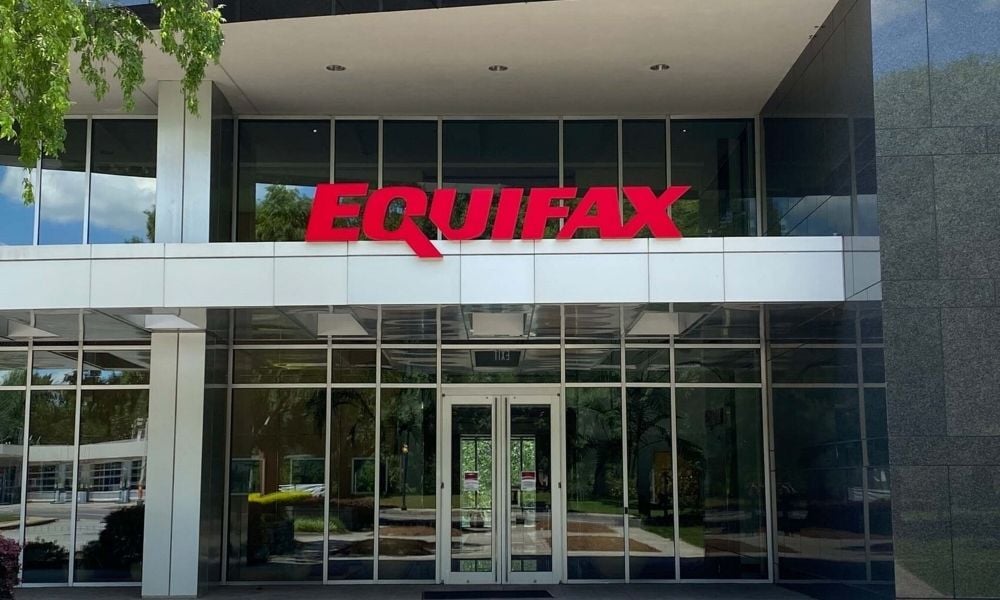Omicron still a drag, but businesses more confident about future

While Omicron is still weighing down the Australian economy, a rise in business loan applications shows that economic confidence is rising, according to a new report from Equifax.
A major provider of credit information and analysis in Australia and New Zealand, Equifax has just released its quarterly business credit demand index for December 2021. The index measures the volume of credit applications for trade credit, business loans and asset finance.
It reveals that business credit demand bounced back from Delta lockdowns in Q4 2021, with business loan applications driving a third straight quarter of growth.
Overall, business applications grew by 9.7% compared to the December 2020 quarter, while business loan applications rose a whopping 19.6%. Trade credit applications increased by 3.3%, while asset finance applications fell by 3.5%.
Demand for business loans in the accommodation and food services sector was significantly higher, up 33% on Q4 2020, and 11% on the same quarter in 2019. The retail trade sector also saw a rise in demand for business loans, up 18% on Q4 2020.

Equifax general manager commercial and property services Scott Mason (pictured above) said the increase in business loan applications showed that business owners were confident that economy activity would return to normal.
“While we may still see some impact in Q1 due to the Omicron spike, we expect to see business owners re-entering industries or revitalising existing businesses, especially in the food service, accommodation, and retail sectors,” Mason said.
“While this is a positive sign, the impacts of the Omicron spike, including staff shortages and consumers’ self-imposed lockdown behaviours, may have a negative influence on the recovery of the hospitality and retail sectors.”
“The impacts from the Omicron variant were minimised due to seasonal low demand in December, but are likely to be seen in Q1 of this year. Already in the first two weeks of January, commercial enquiries have fallen sharply, although the severity of the drop seems roughly in line with seasonal expectations.”
It remained difficult to predict just how long COVID would continue to cast a shadow over businesses.
“While no-one can be absolutely sure, we do know that each COVID variant has had a less severe impact and a shorter recovery period than the previous one,” Mason told MPA.
“With State Governments announcing the easing of restrictions, we would expect the impact in this instance to be lesser and the recovery quicker. The effect should be almost washed through the economy by mid-Q2 of this year.”
Mason said major lenders and brokers have continued to target SMEs for loans since the beginning of 2021 but it was evident that lenders had been more cautious about who they lent to.
“More recently we’re seeing all lenders re-evaluating their risk appetite to broaden their target base,” he said.
Asset finance applications decreased by 3.5% in the December 2021 quarter compared to the same period in 2020, possibly due to the impact of supply chain pressures on the availability of equipment, machinery and vehicles.
“The domestic supply chain should return to normal faster as the Omicron variant impact continues to lessen,” Mason said. “International supply chain will also return to more normal levels this year, but at a slower rate.”
Insolvencies continued to climb in Q4 2021, up 8% on the previous quarter and 13% higher than Q4 2020. The construction industry was a key driver, with insolvencies in this sector increasing by 29% year-on-year.



